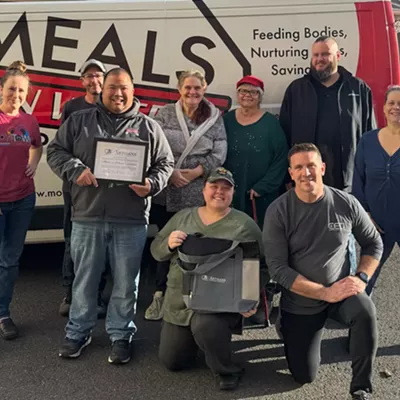We clearly have some major problems in our culture when it comes to nutrition. Obesity is our fastest growing public health crisis. Recent research from Johns Hopkins predicts that at our current pace, 8 million children who are between ages 8 and 11 now will be obese by 2020. They estimate this will translate to a cost of $2.8 trillion dollars in lost wages and medical expenses over the course of their lives. The good news? They also estimate that if those 8 million children exercised just 25 minutes, three times a week, more than a million fewer children would be obese in 2020.
While much is known about public health issues like smoking and cardiovascular disease, research into helping kids maintain a healthy weight is still in its early stages. So we need to continue to stick with the basic recommendations: Try to get an hour of activity a day. Promote a diet rich in fiber from whole fruit, whole vegetables and whole grains — the fresher the better. The American Association of Pediatrics recently endorsed keeping juice out of the diet until children are at least a year old, unless they are being treated for constipation. Sugary drinks, including pop and most juices, deliver empty calories and promote tooth decay.
In spite of the abundance of calories, kids' diets can fall short when it comes to some key nutrients. Make sure kids get plenty of vitamin D, which is found in dairy products, fish and eggs. Perhaps the most common deficiency in the diets of U.S. kids is iron. The most abundant source of iron is meat. In particular, red meat provides heme-based iron, which is far more bio-available than plant-based iron (found in leafy greens, legumes, dried fruits and cereals). It's best to combine iron-rich food sources with other foods containing ample vitamin C — think broccoli, oranges or tomatoes — to help the body absorb the iron better. In the words of Michael Pollan in his great book In Defense of Food: "Eat food. Not too much. Mostly plants."




















